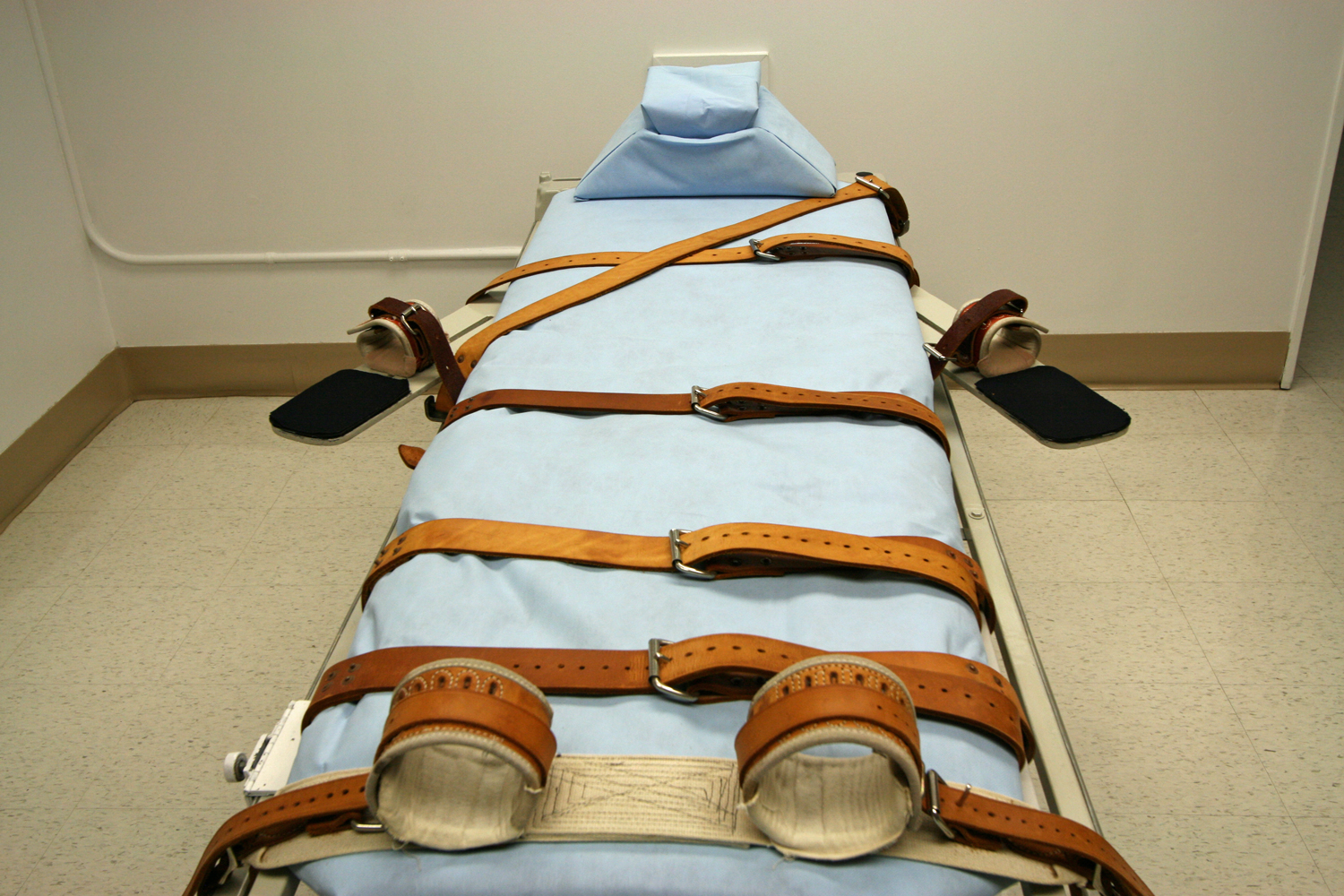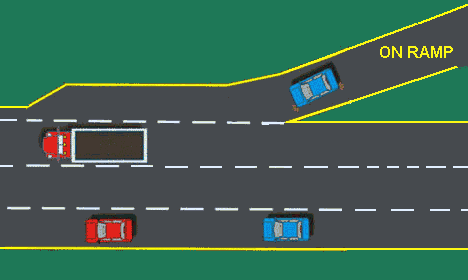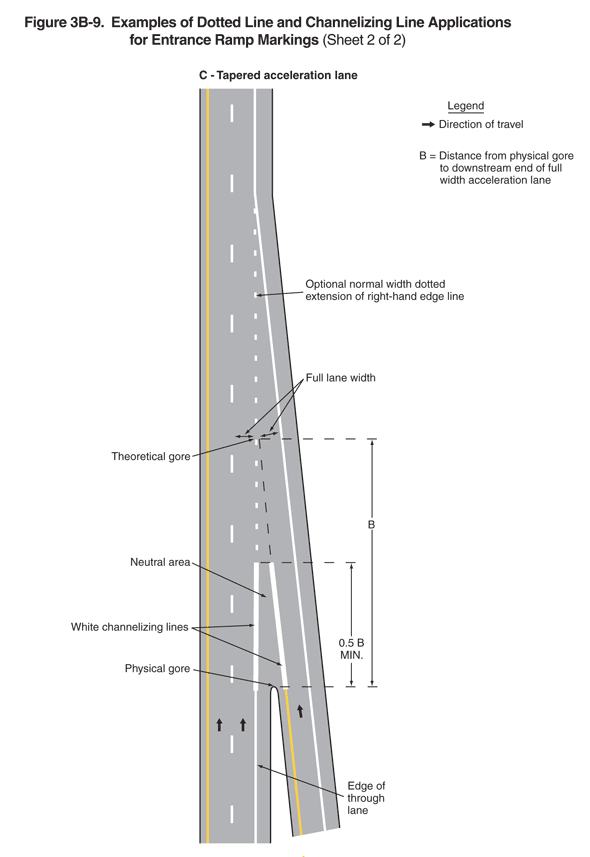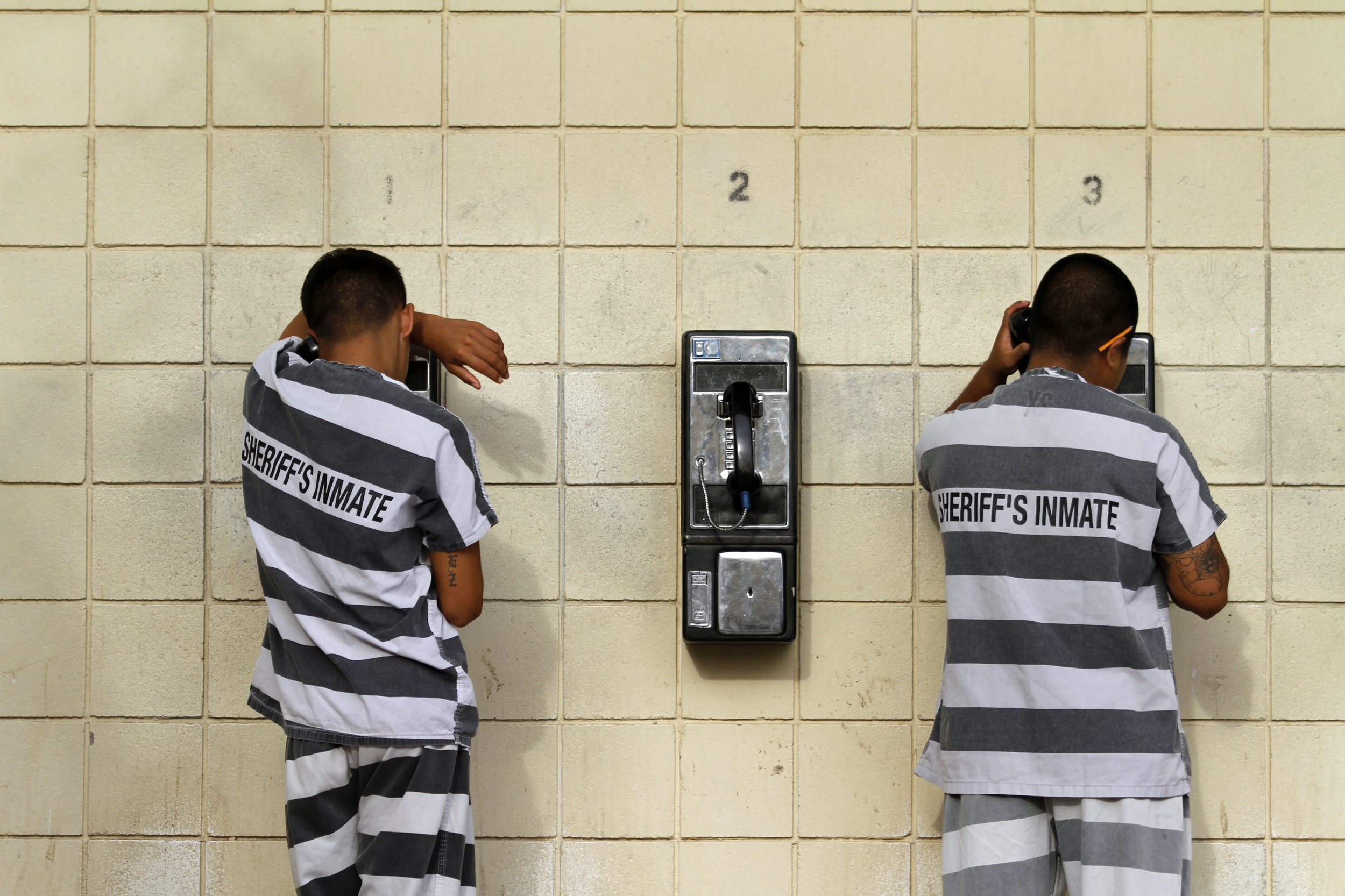In State v. Inman, the WA Court of Appeals held that a warrantless blood draw was proper under exigent circumstances where: (a) the injury collision occurred in a rural area; (b) there is spotty phone service; (c) a search warrant takes 30-45 minutes to create; and (d) helicopters airlifted the DUI suspect to a hospital. A search warrant is not required before a blood sample collected under the exigent circumstances exception is tested for alcohol and drugs.
BACKGROUND FACTS
In May 2015, Inman and Margie Vanderhoof were injured in a motorcycle accident on a
rural road. Inman was the driver of the motorcycle and Vanderhoof was his passenger. Captain Tim Manly, the first paramedic on the scene, observed a motorcycle in a ditch and two people lying down in a driveway approximately 20 to 25 feet away. Captain Manly observed that Inman had facial trauma, including bleeding and abrasions on the face, and a deformed helmet. Based on Inman’s injuries, Captain Manly believed that the accident was a high-trauma incident.
Captain Manly learned from a bystander that Inman had been unconscious for approximately five minutes after the collision before regaining consciousness. Manly
administered emergency treatment to Inman, which included placing Inman in a C-Spine, a device designed to immobilize the spine to prevent paralysis.
While Captain Manly provided Inman with treatment, Sergeant Galin Hester of the Washington State Patrol contacted Vanderhoof, who complained of pelvic pain. Sergeant Hester spoke with Inman and smelled intoxicants on him.
Later, Jefferson County Sheriff’s Deputy Brandon Przygocki arrived on the scene and observed a motorcycle in a ditch with significant front-end damage. He contacted Inman in the ambulance and, smelling alcohol, asked whether Inman had been drinking and driving. Inman admitted he had been driving the motorcycle and that he had been drinking before he drove.
Deputy Przygocki believed he had probable cause to believe Inman was driving under the influence. Helicopters came to airlift Inman and Vanderhoof to the nearest trauma center. Deputy Przygocki knew that preparation of a search warrant affidavit takes 30-45 minutes. There was no reliable cell phone coverage in the rural area. Deputy Przygocki conducted a warrantless blood draw after reading a special evidence warning to Inman informing him that he was under arrest and that a blood sample was being seized to determine the concentration of alcohol in his blood.
There is a process by which a search warrant for a blood draw may be obtained
telephonically and executed by an officer at the hospital to which Inman was being transported. However, this process is problematic and, in the experience of Officer Hester, had never worked in the past.
TRIAL COURT PROCEDURES
Inman was charged with vehicular assault while under the influence and filed a motion to
suppress evidence of the warrantless blood draw. He argued that the implied consent statute authorized a warrantless blood draw but that the implied consent statute was not constitutional, so there was no valid authority for the blood draw. He also argued that the exigent circumstances exception to the warrant requirement did not justify a warrantless blood draw in this case.
In response, the State argued that Inman’s blood was lawfully drawn pursuant to the exigent circumstances exception to the warrant requirement.
The trial court heard testimony from six witnesses, who testified consistently with the
factual findings summarized above. The trial court orally ruled that exigent circumstances justified the blood draw and later entered written findings of fact and conclusions of law.
Inman filed a reconsideration motion. He argued that there was no probable cause for DUI. He also argued that, even assuming that exigent circumstances justified the warrantless blood draw, a warrant was needed to test the blood. The State disagreed.
The trial court denied Inman’s reconsideration motion. The trial court concluded that Deputy Przygocki had probable cause to believe Inman had committed a DUI. In addition, the trial court concluded that the warrantless blood draw was justified under the exigent circumstances exception to the warrant requirement. Finally, the trial court concluded that because the blood was lawfully seized under exigent circumstances, no warrant was required to test the blood. After a stipulated facts trial, the trial court found Inman guilty of vehicular assault. Inman appealed.
COURT’S CONCLUSIONS AND ANALYSIS
- The Arrest Was Supported by Probable Cause.
The Court of Appeals reasoned that under both the Fourth Amendment of the United States Constitution and article I, section 7 of the Washington Constitution, an arrest is lawful only when supported by probable cause. Probable cause exists when the arresting officer, at the time of the arrest, has knowledge of facts sufficient to cause a reasonable officer to believe that an offense has been committed. Whether probable cause exists depends on the totality of the circumstances.
Here, Deputy Przygocki had probable cause to believe Inman had committed a DUI. When Deputy Przygocki arrived on the scene, he observed a motorcycle in a ditch with significant front-end damage and, after running the license plates, knew the vehicle belonged to Inman. Deputy Przygocki learned from Sergeant Hester that Inman was in the ambulance and smelled of alcohol. Deputy Przygocki then contacted Inman in the ambulance, and Inman admitted he had been driving the motorcycle and that he had been drinking before he drove.
“Based on these facts, Deputy Przygocki knew that Inman was driving the motorcycle after drinking alcohol when he crashed. This knowledge is sufficient to cause a reasonable officer to believe that Inman was driving a motor vehicle under the influence of alcohol,” said the Court of Appeals.
2. Exigent Circumstances Supported a Warrantless Blood Draw.
The Court of Appeals reasoned that a warrantless search is impermissible under both article I, section 7 of the Washington Constitution and the Fourth Amendment to the United States Constitution, unless an exception to the warrant requirement authorizes the search. Drawing a person’s blood for alcohol testing is a search triggering these constitutional protections. A warrantless search is allowed if exigent circumstances exist. The exigent circumstances exception to the warrant requirement applies where the delay necessary to obtain a warrant is not practical because the delay would permit the destruction of evidence.
“The natural dissipation of an intoxicating substance in a suspect’s blood may be a factor in determining whether exigent circumstances justify a warrantless blood search, but courts determine exigency under the totality of the circumstances on a case-by-case basis.”
The Court of Appeals held that under the circumstances, obtaining a warrant was not practical. Inman and Vanderhoof were both injured from a motorcycle accident that resulted in significant front-end damage to the motorcycle, which was found in a ditch. Both Inman and Vanderhoof received emergency medical services, and Inman was receiving treatment for possible spine injuries. At the time of the blood draw, helicopters were coming to airlift Inman and Vanderhoof to the nearest hospital. It would have taken at least 45 minutes to prepare and obtain judicial approval for a search warrant. Deputy Przygocki lacked reliable cell phone coverage in the rural area, so obtaining a telephonic warrant may have been a challenge.
CONCLUSION
The Court of Appeals concluded that the trial court did not err in denying Inman’s suppression motion. First, there was probable cause to arrest Inman for DUI. Second, exigent circumstances existed to authorize a warrantless blood draw. Third, the implied consent statute does not bar a warrantless search under exigent circumstances. Finally, a legal blood draw under the exigent circumstances exception allows testing of the blood without a warrant when there is probable cause to arrest for DUI.
My opinion? Exigent circumstances are one of many arguments that the government uses to get around search warrant requirements. Contact my office if you, a friend or family member face criminal charges involving DUI, blood draws, or exigent circumstances which arguably circumvent the need for officers to obtain search warrants. In difficult cases like the one described above, competent legal counsel is definitely needed to protect constitutional rights against unlawful search and seizure.













